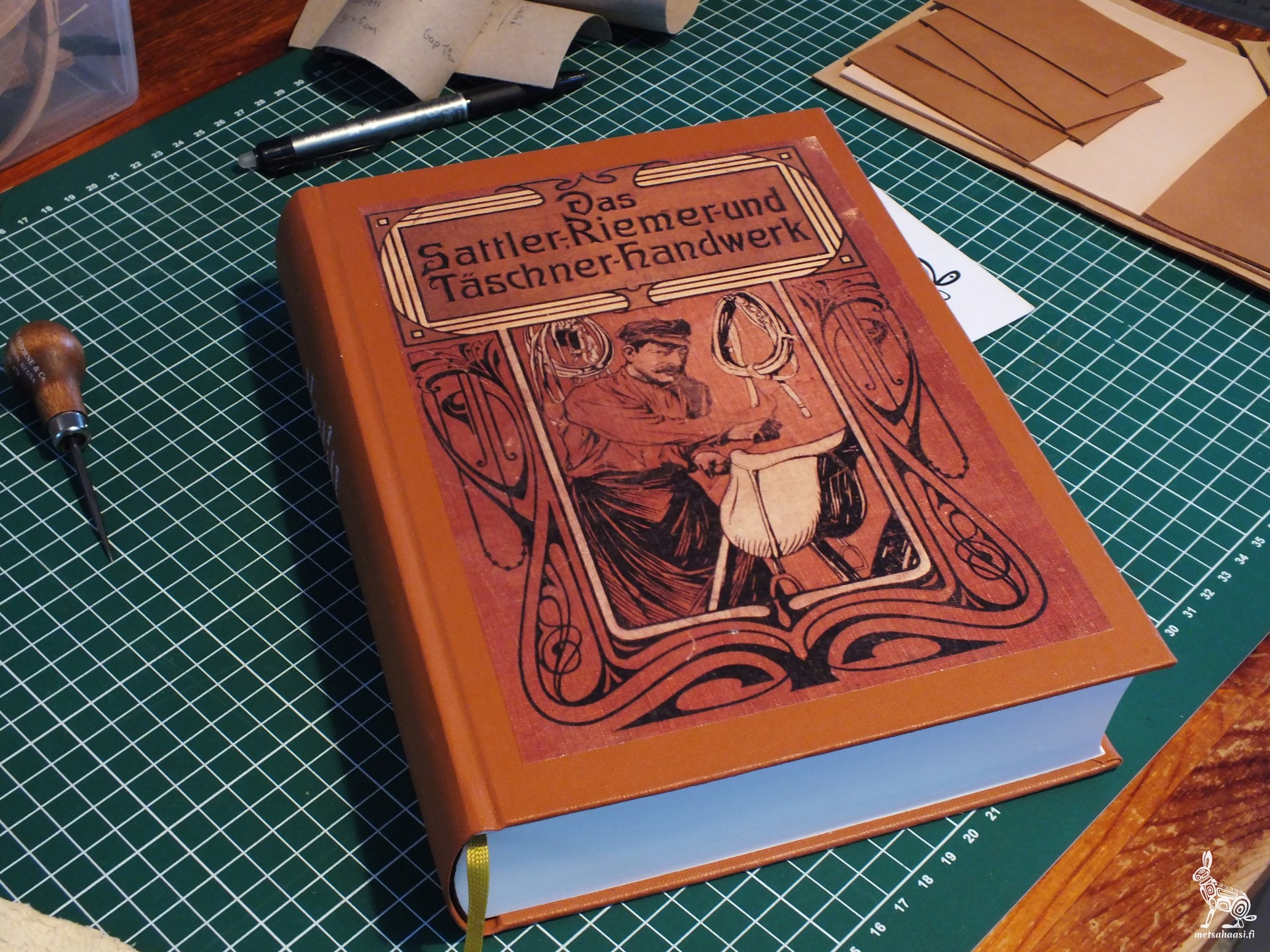From Mystic to Machinehand and Back Again: The Craftsman's Journey Across Time
In the early 1900s, a German saddlemaker named Kurt Vollmer published a book on the art and business of his trade. Among its opening chapters, he lays out a meticulous method for calculating the cost of a handmade leather item. The table is precise, even scientific—detailing how to track the amount of leather used, the thread consumed, the glue weighed, the time spent. For Vollmer, the primary cost was clear: materials. Labor was plentiful, and time, while important, was not yet sacred.
A century later, I decided to follow Vollmer's method in tracking the production of a leather bag I made for a neighbor—a gift for his wife on their wedding day. I weighed the glue and the dye. I measured the leather and the thread. I tracked every hour of work. When the numbers were tallied, I was stunned.
Materials: 60 Euro.
Time: 490 Euro.
(at a modest rate of 20 Euro/hour)
The table had flipped.
In Vollmer's world, materials drove the value. In mine, they were nearly incidental. The real cost—and the real value—was time.
The Shift We Didn't See
Somewhere between 1908 and today, a quiet revolution occurred. Industrialization drove down the cost of materials and manufactured goods to the point that they became, for the first time in human history, abundant. Simultaneously, our time—once considered cheap—became the one resource we could not replicate, duplicate, or optimize without limit.
We moved from a material-scarce world to a time-scarce world.
And in doing so, we flipped the craftsman's ledger upside-down.
What We Lost (and What We Found Again)
For a long time, this transition nearly destroyed the role of the artisan. Caught between cheap industrial goods and modern consumer expectations, the craftsman became economically unviable. Handmade items were too expensive to compete with factory prices, yet too slow to meet market demand.
Many gave up. Some adapted by going luxury. Others turned to hobbies.
But something unexpected happened.
In the shadow of the machine age, a new kind of craftsman began to emerge. A quiet, patient archetype. Someone who did not try to compete with the factories, but who stepped onto a different field entirely.
The Field Where Industry Can't Follow
Industry is built to optimize, replicate, scale. It cannot do:
- Authentic connection
- Emotional durability
- Local story
- One-of-a-kind intentionality
This is the field of the forest technomancer—a craftsman not just of hands and tools, but of values and imagination. One who combines traditional skill with modern technology, and who makes items not to compete with factory lines but to speak where machines fall silent.
3D printing, AI assistance, CNC milling—all these are now part of the new artisan’s toolbox. But they do not replace the hand. They extend it. They accelerate the thinking, not just the making. They allow for deeper forms of personalization, improvisation, storytelling.
This new craftsman is not chained to a factory bench. He’s in a workshop in the woods, where a fire crackles and the future is carved into form beside a radio, a drone, or a pot of glue warming on the stove.
A Positive Return
We are not going backward. We are returning forward.
The age of cheap goods and fast production taught us many things—but it also showed us what machines can't do. Now, as we move into a world of digital abundance and AI design, the craftsman re-emerges not as a nostalgic holdout, but as a meaning-maker.
Time is scarce. Connection is scarce. Meaning is scarce.
And so the value returns to the one who can combine all three—into a bag, a blade, a bowl, a boat.
We began as mystics, were nearly crushed by machines, and now rise again—quiet, slow, and deliberate—into the age of the intentional maker.
And this time, we walk not behind the machine, but beside it.
Best enjoyed while listening to:
RY X – Sweat (Live at the Roundhouse with the London Philharmonic Orchestra)
A haunting track that echoes the slow rhythm of thought and making.
Author’s Note
This essay was written in dialogue with an AI assistant, used as a thinking partner and editorial aide. The thoughts, values, and vision are entirely my own. The machine just helped hold the thread steady while I worked.
